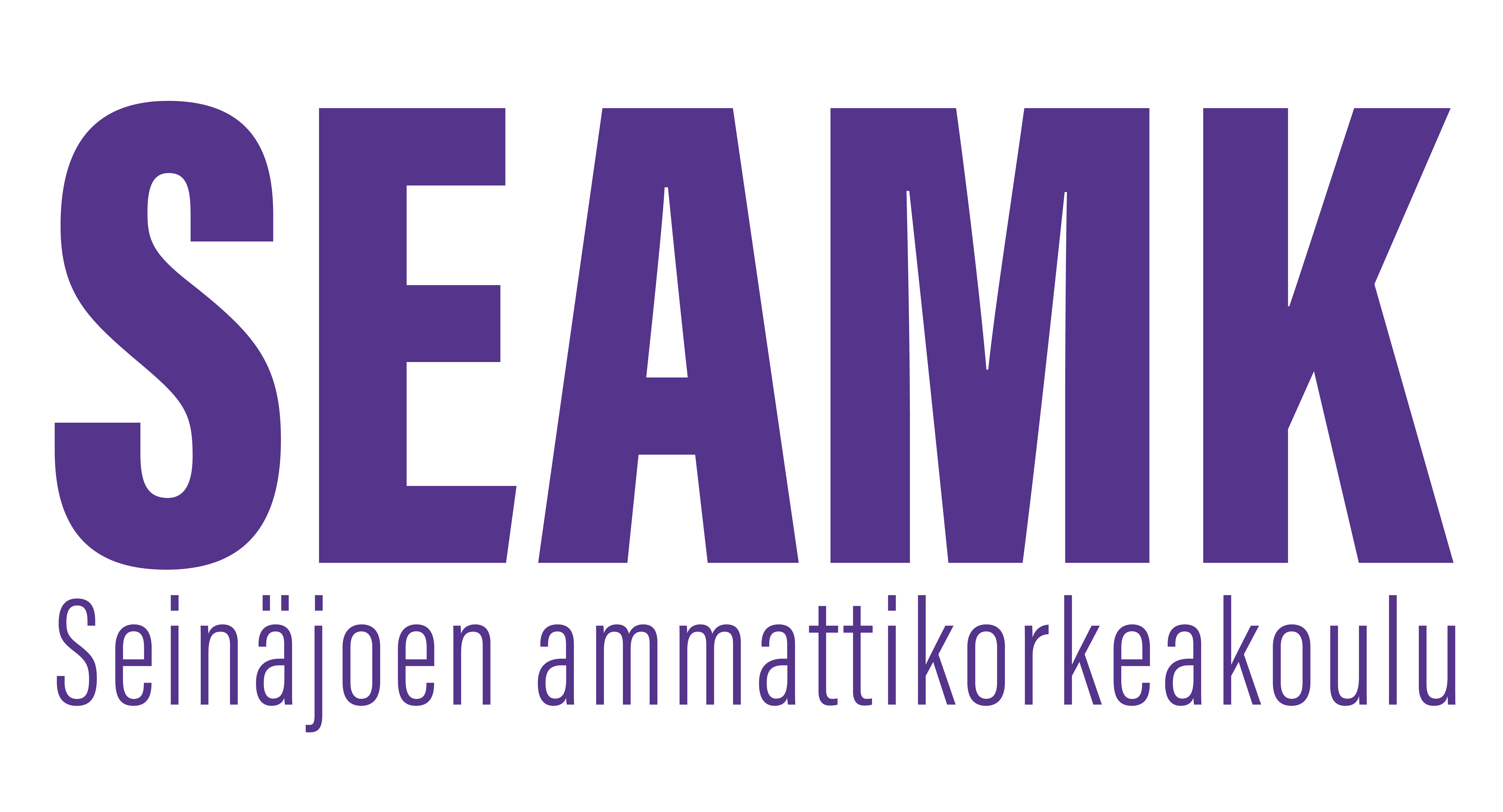Communication Skills (4op)
Toteutuksen tunnus: XX00DM10-3016
Toteutuksen perustiedot
- Ilmoittautumisaika
- 10.11.2025 - 14.01.2026
- Ilmoittautuminen toteutukselle on käynnissä.
- Ajoitus
- 07.01.2026 - 03.05.2026
- Toteutus on käynnissä.
- Opintopistemäärä
- 4 op
- Lähiosuus
- 4 op
- Toteutustapa
- Lähiopetus
- Yksikkö
- SeAMK Restonomi
- Toimipiste
- SeAMK Seinäjoki, Frami
- Opetuskielet
- englanti
- Koulutus
- Bachelor of Hospitality Management
- Opettajat
- Christopher Hudson
- Ryhmät
-
HOSBA25Bachelor of Hospitality Management, Full-time studies
- Opintojakso
- XX00DM10
Arviointiasteikko
1-5
Tavoitteet
The student can
- act adequately in different public presentation and group communication situations
- act in interactive situations in digital environments, too
- analyse and assess communication skills as part of professional growth
- produce formal style text and apply SeAMK’s Instructions for Written Work
Sisältö
- Communication style analysis
- Public presentation skills and interaction
- Group communication skills (e.g., meetings and negotiations, incl. online)
- Principles of a digital environment and interaction
- Production of formal style texts
- SeAMK’s Instructions for Written Work
Oppimateriaalit
Moodle-based course platform with modules and resources
Teacher-prepared slides and summaries (PDF format)
Selected academic articles (provided via Moodle)
Peer-reviewed journal excerpts for analysis and discussion
Curated video lectures and podcasts related to course themes
Practical case studies and examples from industry
Links to relevant websites and online tools
Occasional use of open educational resources (OER) provided by the teacher.
Opetusmenetelmät
Lectures, flipped learning, individual work, group work
Opiskelijan ajankäyttö ja kuormitus
4-credit course
13 x 2-hour classes
78 hours of independent study
Arviointikriteerit, tyydyttävä (1)
The student can communicate in a sender-focused manner: they cannot pay sufficient attention to the goal, receiver, or situation. Text structure is incoherent and illogical, and argumentation is biased and scarce. Illustration is limited and irrelevant. The student can only assess their communication from the perspective of the sender of the message. They recognise the principles of digital communication only partially.
Arviointikriteerit, hyvä (3)
In their communication, the student can only partially pay attention to the goal, situation, and the receiver of the message. Can maintain interaction in communication. Recognises to some extent the cultural-specific character of communication. Can take the principles of digital communication into account. Text structure is mainly clear and consistent, and argumentation is varied and trustworthy. Illustration is adequate. The student can assess their communication to some extent and partly in a realistic way.
Arviointikriteerit, kiitettävä (5)
In their communication, the student can pay attention to the goal, situation, and the receiver of the message in a commendable and convincing manner, they can act responsibly and according to the agreed principles. Interaction in communication is very skilful. Can recognise the cultural-specific character of communication. Masters the policies of digital communication and can apply them. Text structure is typical of the genre, text is logical, clear, coherent, and argumentation is varied, unbiased, and convincing. consistent, and argumentation is varied and trustworthy. Illustration is adequate, efficient, and thought-out. The student can assess their own communication in a varied and realistic way from the perspective of the goal, purpose, receiver, and their own professional field.
Lisätiedot
80% attendance required
